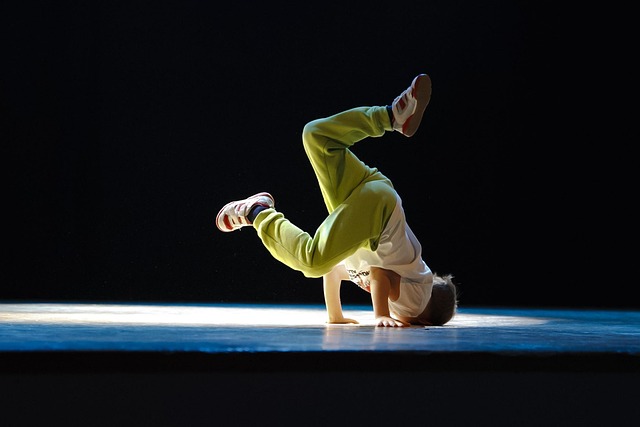
Hip-hop Dance: The Beat of the Streets
Hip-hop dance is more than just a series of slick moves; it’s a cultural phenomenon that emerged from the streets and took the world by storm. With its roots in urban neighborhoods, hip-hop has evolved from spontaneous street performances to a polished art form that fills dance studios and television screens alike. So, grab your freshest kicks and let’s break it down!
The Birth of Hip-hop Dance
Hip-hop dance traces its origins back to the 1970s in the Bronx, New York. It was a time when DJs were spinning records and the streets became the stage for budding dancers. The vibrant, improvisational nature of hip-hop allowed dancers to express themselves freely, leading to the birth of various styles, including breaking, locking, and popping.
The Evolution: From Streets to Studios
As hip-hop gained popularity, it didn’t take long for the dance industry to take notice. By the 1990s and 2000s, we saw the rise of commercialized styles like jazz-funk and the emergence of television shows such as America's Best Dance Crew and movies like the Step Up series. These productions showcased the artistry of hip-hop while also introducing it to mainstream audiences. Who knew that dancing in a club could lead to a career? 🎤
The Heart of Hip-hop: Freestyle and Expression
What sets hip-hop apart from other dance forms is its emphasis on freestyle and improvisation. Dancers often create moves on the spot, drawing from their surroundings and emotions. This spontaneity keeps the dance fresh and exciting, making each performance unique. It's like a game of dance charades, but with way cooler outfits!
Street Dance Derivatives
As hip-hop culture spread, it gave birth to various street dance styles, each with its own flair. Here are a few notable ones:
- Memphis Jookin: Known for its intricate footwork and fluid movements, this style is all about making it look effortless.
- Turfing: Originating from Oakland, turfing combines storytelling with dance, often incorporating floor work and fluid transitions.
- Jerkin': This California-born style features a mix of quick footwork and playful movements, perfect for those who love to show off their skills.
- Krump: A more aggressive form of expression, krumping is characterized by its sharp, energetic movements and is often used to convey strong emotions.
Hip-hop in Today’s Culture
Hip-hop dance has firmly established itself in the entertainment industry, with dancers frequently appearing in music videos, films, and live performances. But let’s not forget its roots; hip-hop continues to thrive in urban neighborhoods, where it serves as a form of expression, community, and identity. Whether you’re hitting the stage or just jamming in your living room, hip-hop is all about bringing people together.
Final Thoughts
Hip-hop dance is a vibrant and ever-evolving art form that reflects the culture and spirit of its community. With its rich history and dynamic styles, it’s no wonder that hip-hop continues to captivate audiences around the globe. So, whether you're a seasoned dancer or just a fan of the culture, remember: the dance floor is your canvas, and the world is your audience. Now get out there and bust a move! 💃


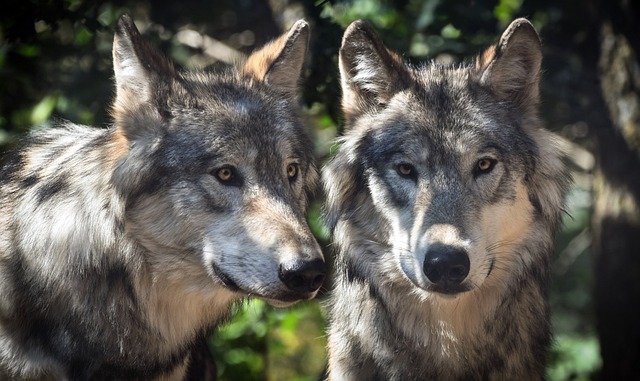


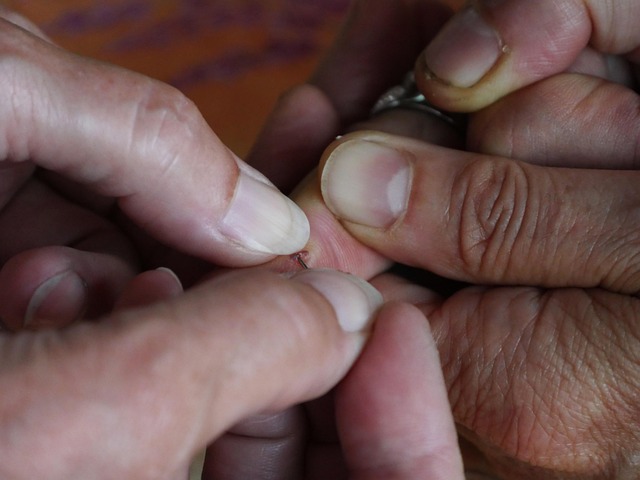



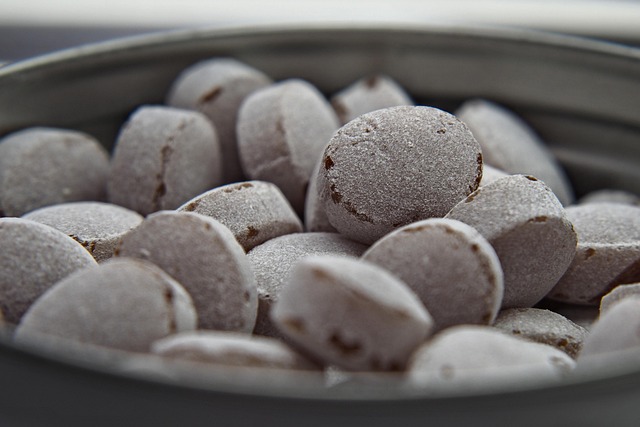

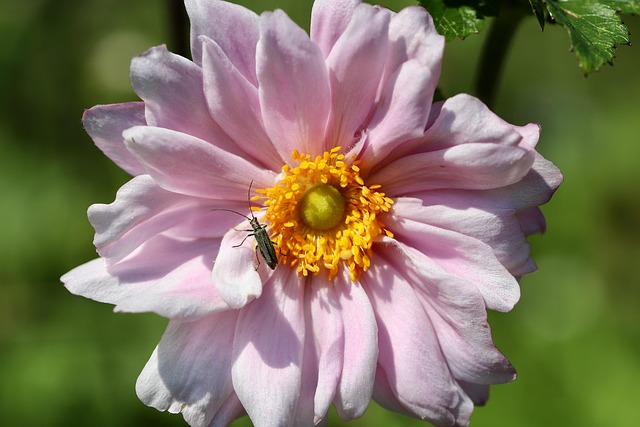


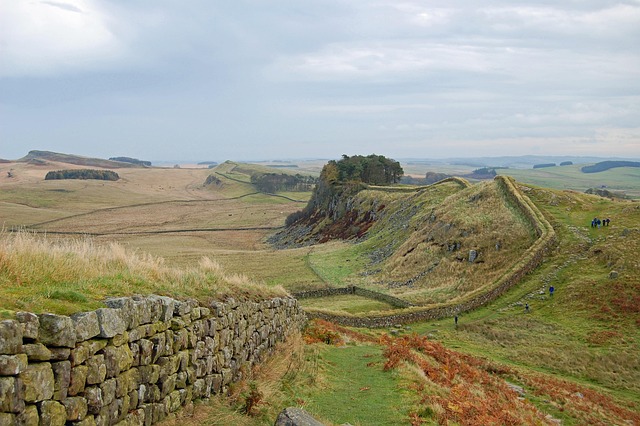

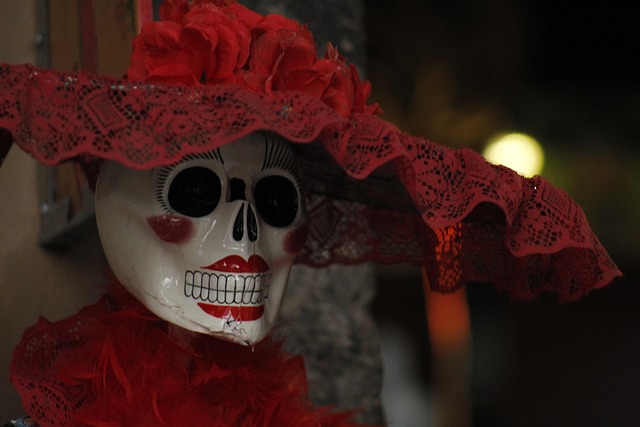
 Telenovelas Mexicanas
Telenovelas Mexicanas 
 Health
Health  Fitness
Fitness  Lifestyle
Lifestyle  Tech
Tech  Travel
Travel  Food
Food  Education
Education  Parenting
Parenting  Career & Work
Career & Work  Hobbies
Hobbies  Wellness
Wellness  Beauty
Beauty  Cars
Cars  Art
Art  Science
Science  Culture
Culture  Books
Books  Music
Music  Movies
Movies  Gaming
Gaming  Sports
Sports  Nature
Nature  Home & Garden
Home & Garden  Business & Finance
Business & Finance  Relationships
Relationships  Pets
Pets  Shopping
Shopping  Mindset & Inspiration
Mindset & Inspiration  Environment
Environment  Gadgets
Gadgets  Politics
Politics 